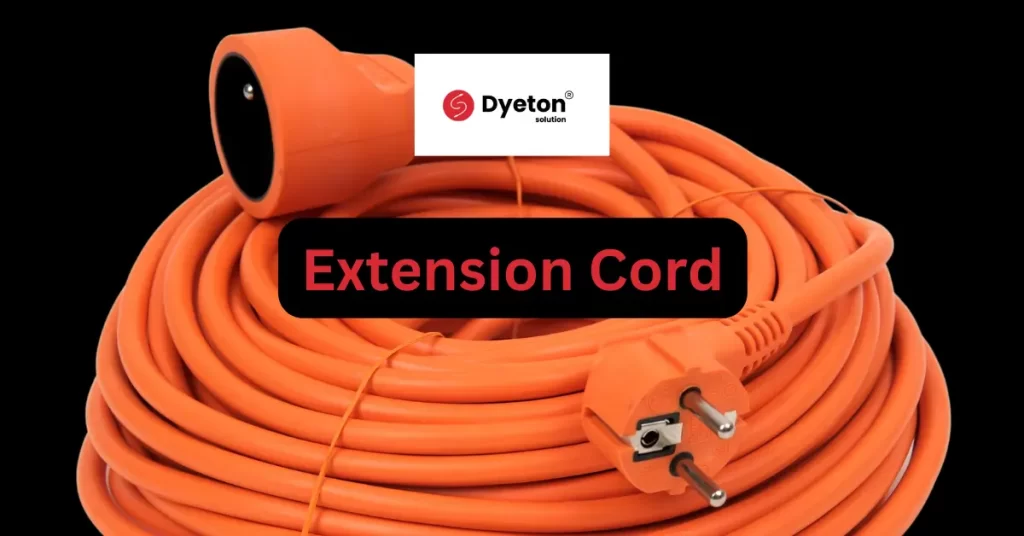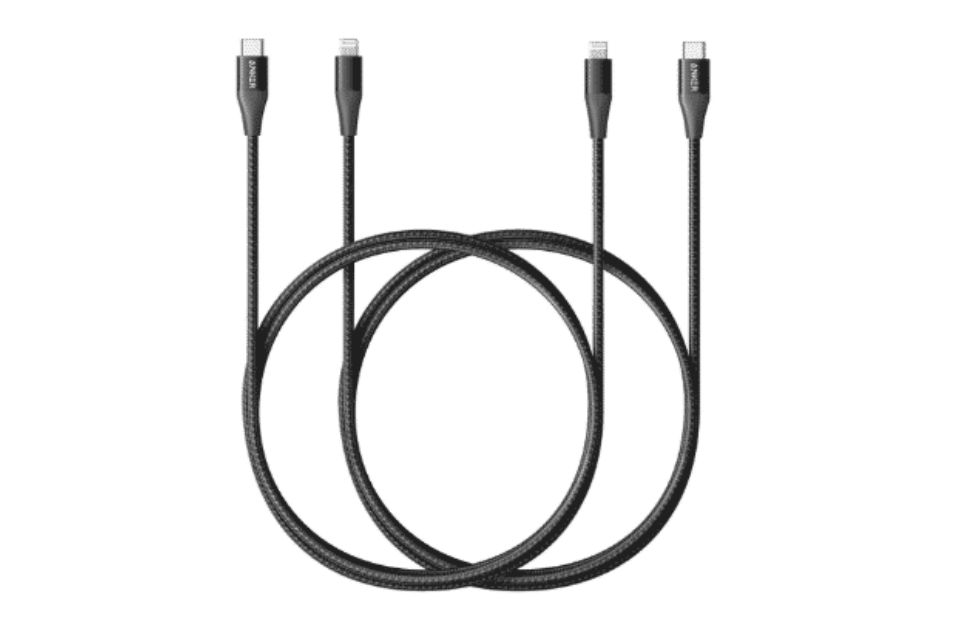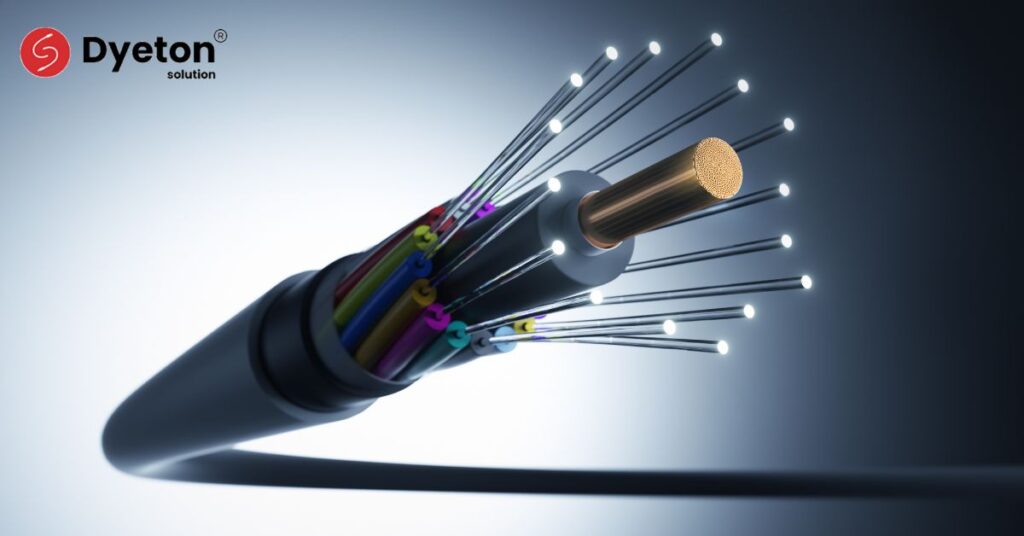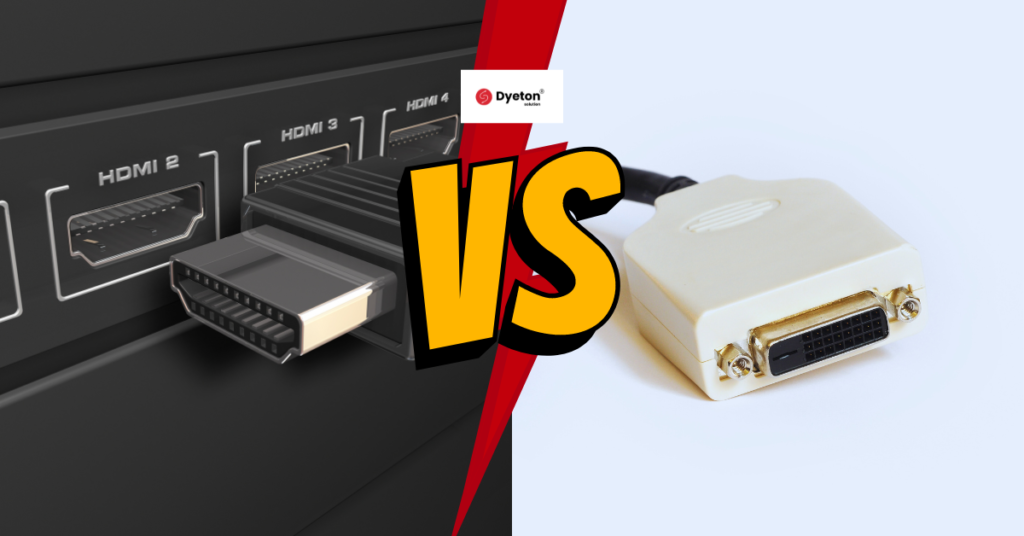Many people wonder “Does the length of an extension cord affect the power?”. Discover the impact of extension cord length on power output in this blog.
Extension cords are getting increasingly popular in household applications in addition to industrial uses. They provide additional length to the power cord of an electrical device, making it easier to use. But there has always been some confusion on how the length of the extension accord affects the device’s power consumption. In this blog, let us explore its impact in detail.
The Concept of power consumption
Before understanding the impact of length on power consumption, it is necessary to understand the concept of power. Power is the rate at which the work is done or energy is transferred. It is measured in Watts(W) and is calculated by multiplying the voltage (V) by the current (I). Thus, the formula: P = V * I
How extension cord length affects resistance
When an electrical appliance is plugged into an extension cord, the cord becomes a part of the closed electrical circuit. The length of the extension cord affects the resistance of the circuit, which in turn affects the amount of power delivered to the appliance. Resistance is the measure of how much the extension cord impedes the flow of electric current through it.
Simply put, as the length of the cord increases – so does the resistance.
Effect of cord gauge
But, the quality and gauge of the wire used in the cord can impact its resistance. A thicker wire has lesser resistance than a thinner wire, so a lower gauge extension cord should be preferred over a higher gauge cord.
Effect of number of devices connected in series
It is also essential to consider the number of devices plugged into the extension cord. Each device that is plugged in increases the current flowing through the cord, which increases the resistance and the voltage drop. When too many devices are plugged into the extension cord, they can cause damage to the devices or result in a significant voltage drop.
Impact of power consumption
The resistance of an extension cord voltage drop voltage, which reduces the amount of power delivered to the appliance. For example, if you have a 1000W air conditioner and you plug it directly into a wall outlet, the power consumption is 1000W. However, if you plug the same air conditioner into a 10-meter extension cord, the voltage drop caused by resistance will reduce the power consumption to 980W, which is a 2% reduction in power.
Recommended cord length and respective current
| Current (Amps) | 25 ft | 50 ft | 75 ft | 100 ft | 150 ft | 200 ft |
| 0 – 5 Amps | 16 | 16 | 16 | 14 | 12 | 12 |
| 5.1 – 8 Amps | 16 | 16 | 14 | 12 | 10 | — |
| 8.1 – 12 Amps | 14 | 14 | 12 | 10 | — | — |
| 12.1 – 15 Amps | 12 | 12 | 10 | 10 | — | — |
| 15.1 – 20 Amps | 10 | 10 | 10 | — | — | — |
Voltage drop for different lengths of cords with respective current
100-foot extension cord
| CURRENT DRAW | MINIMUM WIRE GAUGE | VOLTAGE DROP |
| 20A | 10-gauge | 4.00% |
| 15A | 12-gauge | 5.00% |
| 12A | 12-gauge | 4.00% |
| 10A | 12-gauge | 3.33% |
50-foot extension cord
| CURRENT DRAW | MINIMUM WIRE GAUGE | VOLTAGE DROP |
| 20A | 12-gauge | 3.33% |
| 15A | 14-gauge | 3.88% |
| 12A | 14-gauge | 3.10% |
| 10A | 14-gauge | 2.58% |
25-foot extension cord
| CURRENT DRAW | MINIMUM WIRE GAUGE | VOLTAGE DROP |
| 20A | 14-gauge | 2.58% |
| 15A | 14-gauge | 1.94% |
| 12A | 14-gauge | 1.55% |
| 10A | 14-gauge | 1.29% |
And finally, some Do’s & Don’ts to keep in mind
Do:
- Understand how much current you need to draw for your device
- Properly size the wire gauge to the length and current draw required
- Keep your cables as short as possible for higher-current tools
- Unroll extension cords fully so they aren’t coiled during use
Don’ts:
- Use cables not properly rated for your device and the length of the cord
- Keep your extension cords coiled during use
- Use a cord that lacks a ground plug (either missing or broken)
- Run multiple high-current tools off a single cord or circuit
- Use a long extension cable if you have a short one handy
Conclusion
Having known about the effects of the length of the cord when it comes to power consumption, you can now make an informed choice when you visit our store and buy Dyeton products for optimum performance and excellent product life.








